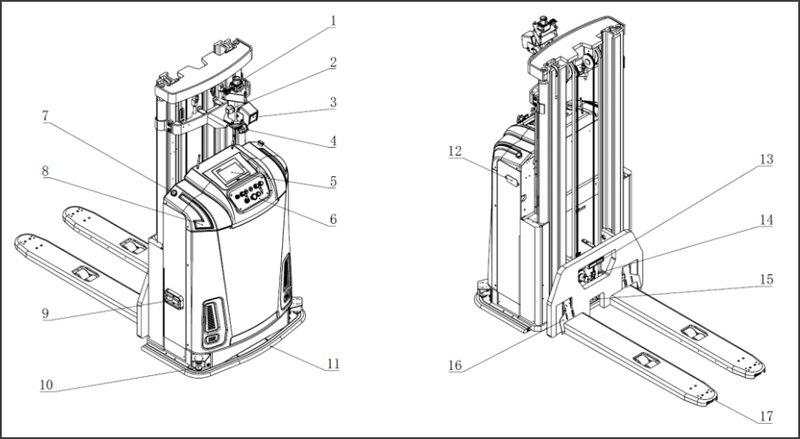Top 7 Insights for Effective RF Components UsageTop 7 Insights for Effective RF Components Usage
Introduction: Imagine Your Connectivity Needs
Picture this: you’re in a bustling café, working on your latest project, when suddenly, your internet connection drops. Frustrating, right? Well, this scenario highlights a critical aspect of modern technology—reliable connectivity—and how essential rf components are in ensuring smooth operations. Did you know that almost 75% of businesses report connectivity issues impacting productivity? So, what can be done to avoid such mishaps? Let’s dive deeper into the world of RF components!
Understanding Common Flaws in Traditional Solutions
Many traditional RF solutions seem effective on the surface; however, they often falter under real-world conditions. Consider the issue of bandwidth limitations. In densely populated areas, devices like power converters frequently hit capacity walls, leading to poor performance. Look, it’s simpler than you think: a lack of innovation in underlying technology often leaves users stranded with outdated designs.
Another hidden pain point is the mismatch between the demand for edge computing nodes and the capabilities of traditional RF components. Users may not realize that what they think will work efficiently often leads to undue stress on the entire system. The transition to a fully optimized RF solution isn’t just needed—it’s vital for maintaining competitive advantage!
What Myths Should Be Debunked?
Forward-Looking: Embracing New Technology Principles
The future of RF components is firmly tied to advancements in wireless communication technology. One clear trend is the utilization of new frequency bands, paving the way for faster data transfer rates. This evolution also offers a unique perspective for industries relying on real-time data. With enhanced capacity and low latency, businesses can effectively implement solutions that once seemed impractical.
For instance, the integration of advanced modulation schemes has made it possible for rf components to transmit larger volumes of information with minimal interference. As businesses shift towards more dynamic environments, the impact of such technologies becomes glaringly evident. It’s fascinating how innovative approaches can reshape our understanding of connectivity and allow for seamless geographic expansion.
Real-world Impact: Ready for the Future?
Reflecting on the previous sections, we can see how the shortcomings of traditional RF components have catalyzed the push for modernization. To navigate these evolving landscapes, consider three essential evaluation metrics: system capacity, flexibility in design, and compatibility with emerging technologies. By focusing on these areas, businesses can ensure they’re not just keeping up but leading the charge in adopting advanced RF solutions.
As we embrace these changes, it’s clear that brands like UniBetter play a pivotal role in providing cutting-edge rf components that meet today’s demands. Continued adaptation and learning are key, so don’t just sit back—stay engaged and curious about the future of your connectivity solutions!






